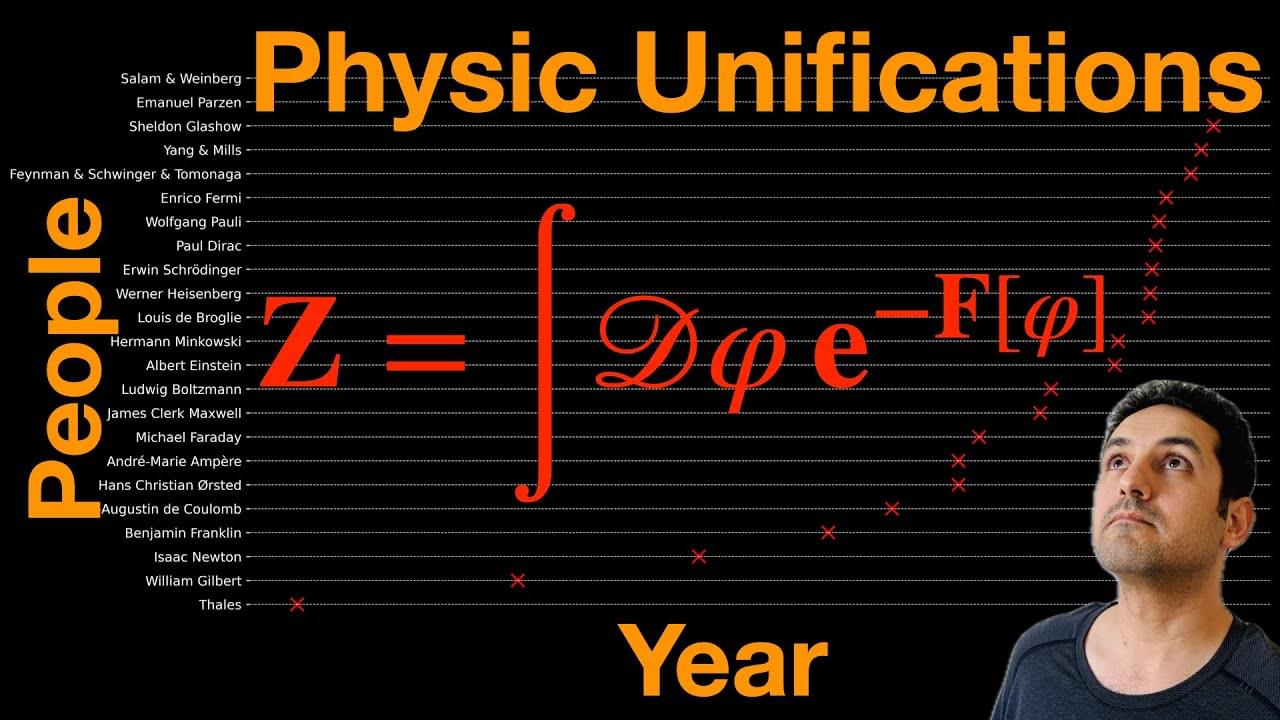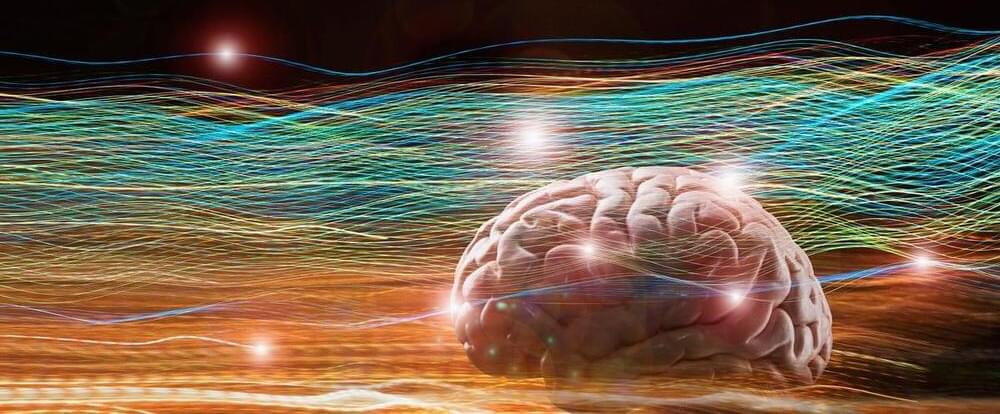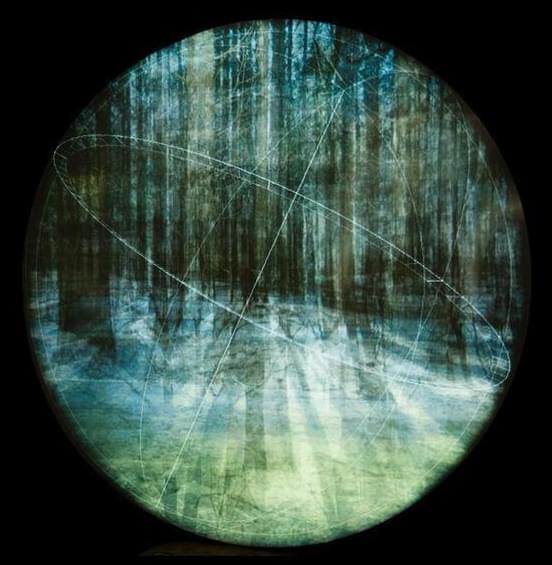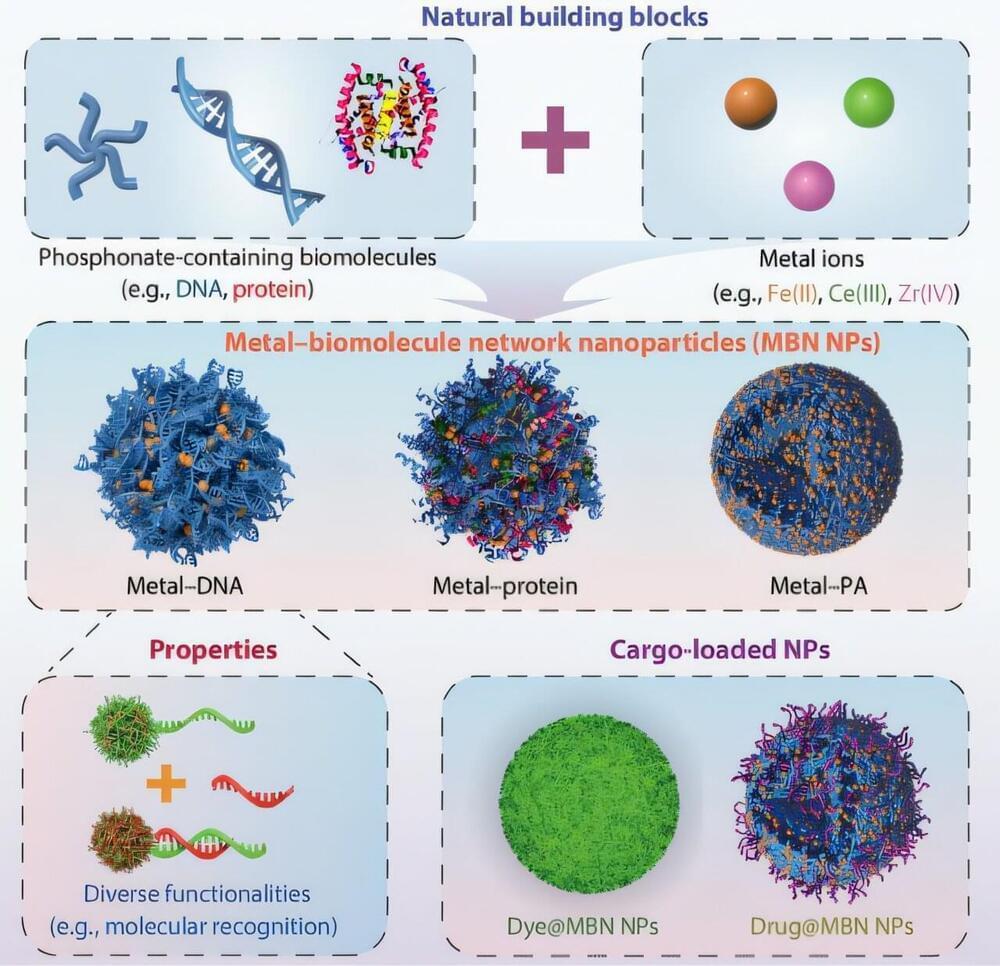Dec 19, 2024
Living Stars & Conscious Stellar Objects
Posted by Dan Breeden in categories: cosmology, futurism
Ancient cultures long thought the Sun had a mind of it’s own, but could life form in stars by nature or exist by artificial origins, and what would star with a mind of its own be like?
Get a free month of Curiosity Stream: http://curiositystream.com/isaacarthur.
Join this channel to get access to perks:
/ @isaacarthursfia.
Visit our Website: http://www.isaacarthur.net.
Join Nebula: https://go.nebula.tv/isaacarthur.
Support us on Patreon: / isaacarthur.
Support us on Subscribestar: https://www.subscribestar.com/isaac-a…
Facebook Group: / 1583992725237264
Reddit: / isaacarthur.
Twitter: / isaac_a_arthur on Twitter and RT our future content.
SFIA Discord Server: / discord.
Continue reading “Living Stars & Conscious Stellar Objects” »


















